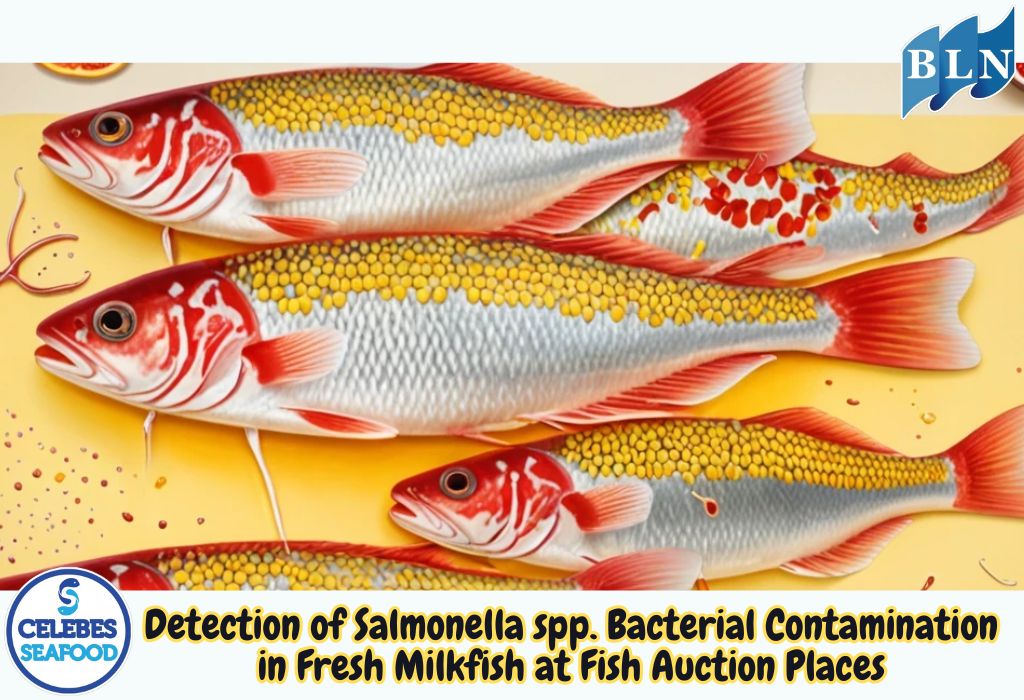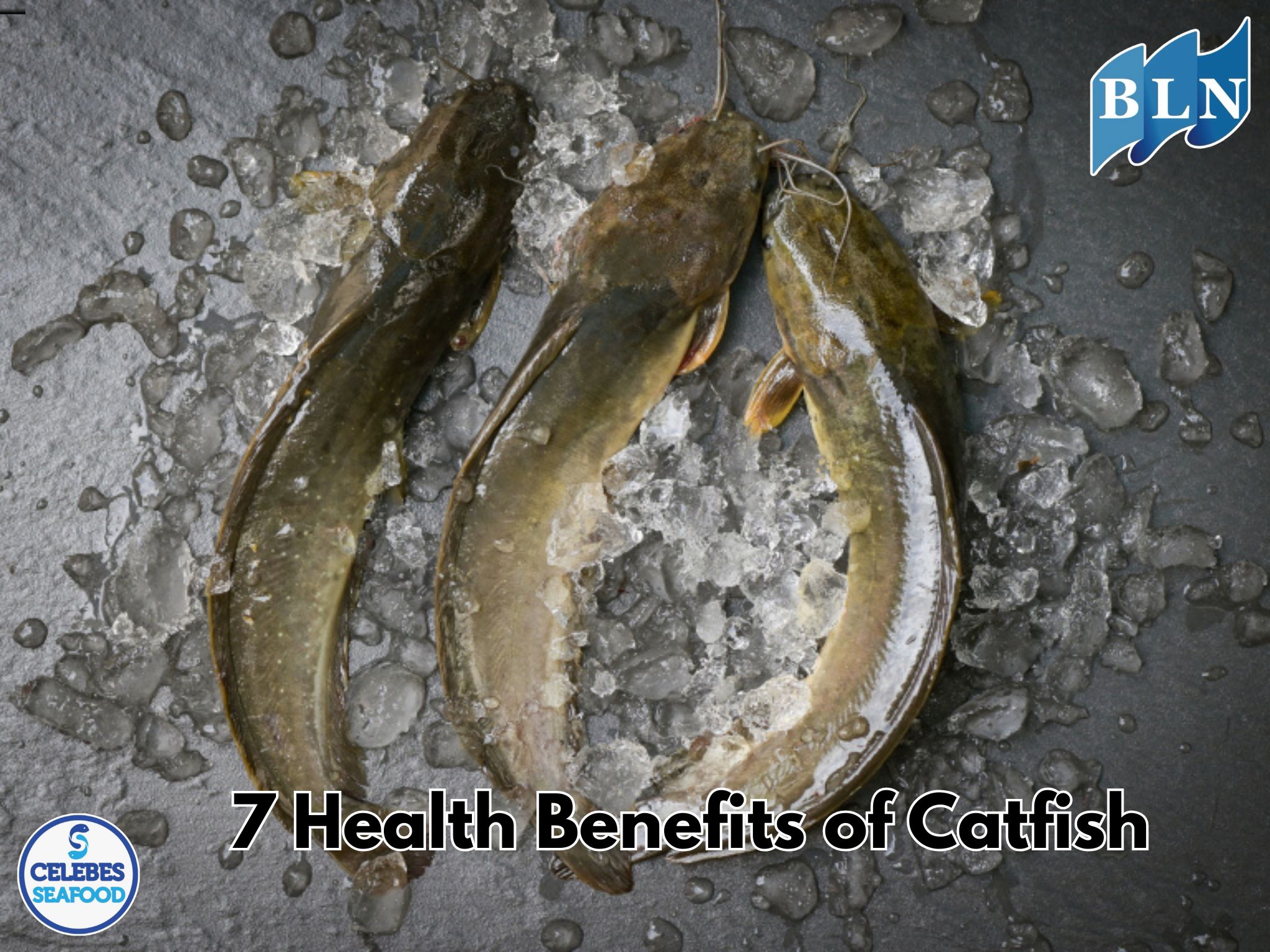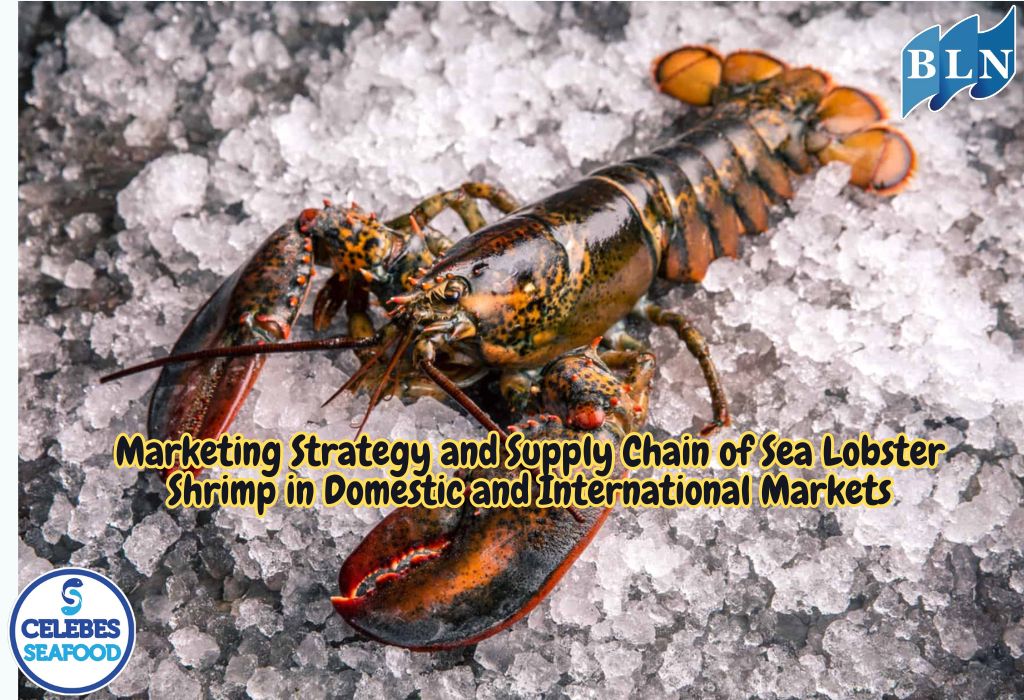Detection of Salmonella spp. Bacterial Contamination in Fresh Milkfish at Fish Auction Places
By. Tri - 04 Aug 2025
lautnusantara.com Salmonella spp. contamination of fresh milkfish at fish auction sites (TPI) is a serious issue related to food safety and public health. This bacteria is known to be a major cause of foodborne illnesses, such as typhoid fever, paratyphoid fever, and gastroenteritis, which can be transmitted through the consumption of contaminated fishery products.
Sources and Routes of Contamination
Salmonella contamination in milkfish at TPI generally does not originate from the fish's natural environment. Healthy milkfish rarely carry this bacteria in their bodies. Contamination usually occurs after the fish are caught, through the following routes:
- Contaminated Water and Ice: The use of unhygienic water and ice during fish handling, from catch to storage, can be a major source of contamination. Water contaminated with human or livestock feces is highly likely to contain Salmonella.
- Unhygienic Facilities and Equipment: Equipment such as crates, baskets, cutting boards, and knives used at TPI that are not properly washed can become a vehicle for bacterial transmission.
- Worker Personal Hygiene: Poor personal hygiene, such as not washing hands after using the toilet, can transfer bacteria to the fish they are handling.
- Cross-Contamination: Bacteria from one source, such as contaminated fish, can spread to other fish or clean equipment surfaces.
Salmonella spp. Detection Method
To detect the presence of Salmonella spp. in fresh milkfish, a series of rigorous microbiological analysis methods are required in the laboratory:
- Sampling: Fresh milkfish samples are taken randomly from the fishery. The parts frequently examined are the gills, skin surface, and flesh.
- Cultivation on Selective Media: Fish samples are homogenized and grown on specific culture media designed for Salmonella growth, such as Rappaport-Vassiliadis (RV) and tetrathionate (TT). These media inhibit the growth of other bacteria and allow Salmonella to grow.
- Identification and Confirmation: The growing bacterial colonies are then isolated and identified using a series of biochemical tests. Commonly used tests include Triple Sugar Iron (TSI) and Lysine Iron Agar (LIA) tests to determine the biochemical characteristics of the bacteria.
- Serological Testing: For final confirmation, serological testing using specific antisera is performed to identify the Salmonella serotype present.
Implications of Detection Results
The detection of Salmonella in milkfish at the fish processing facility (TPI) has important implications:
- Food Safety: The presence of Salmonella indicates a high risk to consumer health. The government and relevant authorities need to take action to improve sanitation standards.
- Quality Control: Detection results can serve as a basis for evaluating and improving fish handling practices at the TPI.
- Reputation Protection: Widespread contamination can damage the reputation of fishery products in both local and export markets.
Detecting the presence of Salmonella is a crucial first step. However, it is even more important to implement hygienic fish handling practices, from the fishing vessel to the TPI, to prevent contamination in the first place.
If you are interested in our MILKFISH WHOLE ROUND, BARRAMUNDI COD WOLE GILLED GITTED / WHOLE ROUND please do not hesitate to contact us through email and/or whatsapp
.jpg)
.jpg)


.jpg)
 in Coral Reef Ecosystems.jpg)
.jpg)
